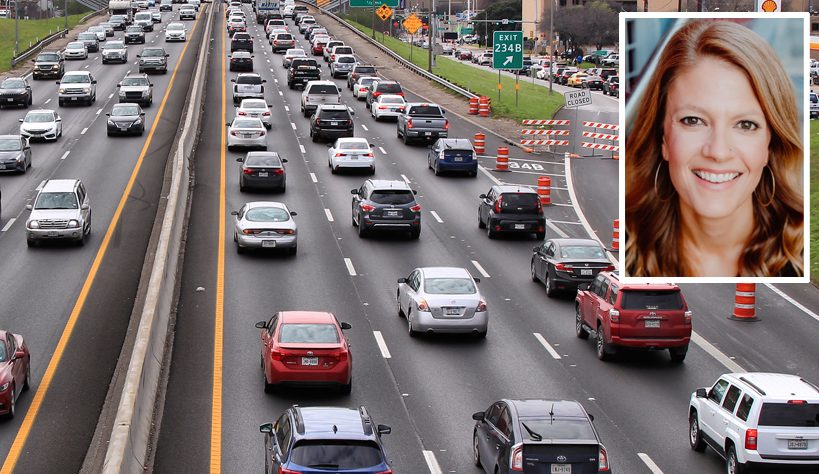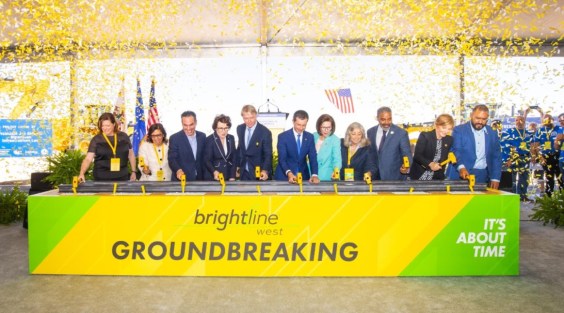At today's Senate energy committee hearing on climate change, there was much talk about electricity -- how it could be generated under a cap-and-trade system and how prices could remain within consumers' reach even as the nation begins to put a price on carbon.
In fact, Sen. Mary Landrieu (D-LA) even suggested that electricity should be separated entirely in the Senate's pending climate bill. "How about the utility-electric sector using one approach and maybe getting to our goals through the transportation sector a different way?" she asked.
But what went unmentioned was that electrification is already attracting intense interest from players in the transport sector, even before the first fully electric autos hit the mass market. It's rail networks, both freight and passenger, that are gearing up plans to electrify their operations, citing both environmental and economic benefits.
So what would the already-passed House climate bill do for electrification of existing rail? Not too much; the lion's share of the attention goes to development of new electric battery technology and charging stations. As Daily Kos contributor Bruce McF put it:
Now, there is plenty of funding in the bill for vehicleelectrification. Plug-in cars, plug-in trucks, plug-in buses, all getfunding. However, vehicle electrification funds read as if they werewritten by a battery manufacturer: existingelectrified rail and trolley bus technologies are restricted toexisting underfunded federal transit funding with discriminatoryfunding formulas. It seems that the motto for vehicle electrificationfunding is, "Lord, make me virtuous, but please, not quite right now."
Will the Senate climate bill dedicate more funding for electrifying the infrastructure we already have? That remains to be seen -- but voters can expect a healthy debate over how to generate power for the electric-vehicle renaissance envisioned by the Obama administration.
Energy committee Republicans were, perhaps predictably, focused on nuclear. Sen. Bob Corker (R-TN), in a brief interview after the hearing, described nuclear as "the most stable baseload power source" available and called indirectly nuclear-fueled electric vehicles "something that makes our country stronger."
The prospect of nuclear-powered rail is not out of the realm of the possible. Eurostar revealed in May that it had met its target of a 25 percent reduction in per-passenger emissions three years ahead of schedule, thanks to nuclear power generated by French stations.
A U.S. version of the Eurostar experience, however, would be extremely difficult without a climate bill that focuses more aid on electrifying existing train systems.





